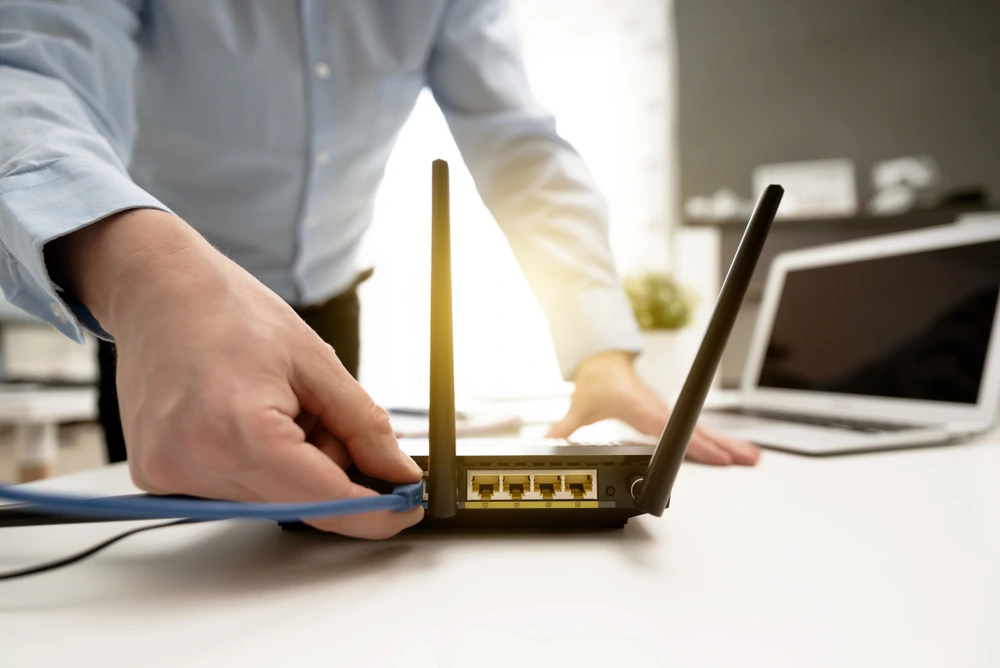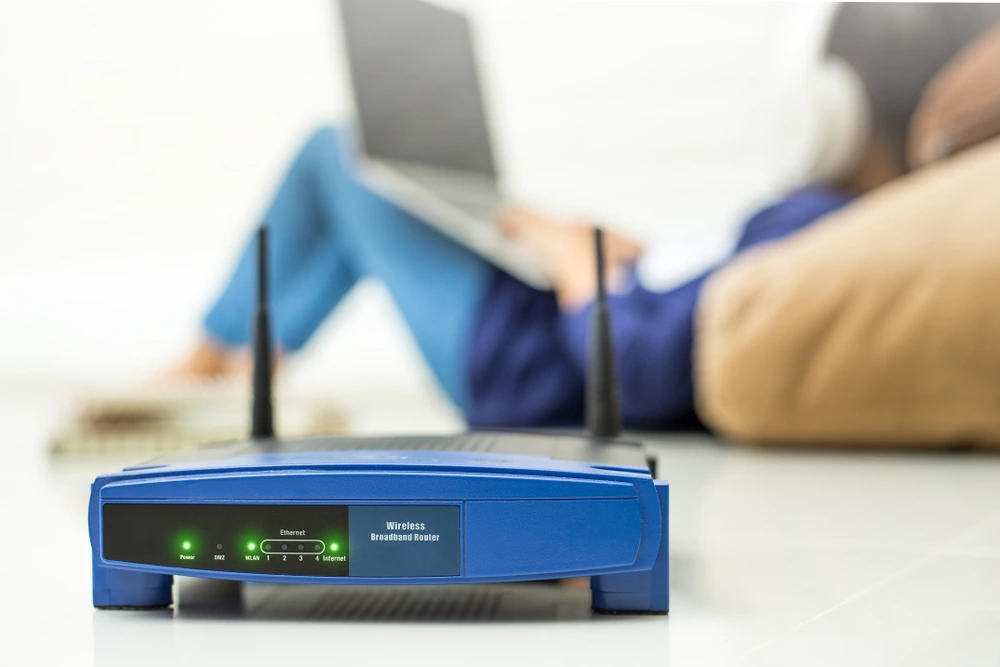In the past, when moving into a new home, water and electricity used to be the top priorities. However, nowadays, coupled to these two essential services are home security and internet connection. Setting up a secure home network is just as important as physical security. In this guide, we’ll walk you through the steps to get your home connected securely in next to no time.
What is a home network?
A home network is a network connection that allows you to link up multiple devices within your residential space. For example, you connect a computer, smartphone, and laptop to your home network. Doing so allows you to print documents from either the computer or smartphone. Most home networks also connect to the internet.
Wireless vs. Wired home network
When choosing a home network configuration, you’ll have wireless and wired options. A wireless home network lets you move the devices around in your home. Also, connecting to a wireless network is much easier because you don’t need a LAN cable to connect with the router.
However, some users prefer a wired home network because of its stability and speed. A wired ethernet connection promises up to 1 Gbps, while the fastest WiFi barely exceeds 50% of that. If you’re into high-speed gaming, where disruption is intolerable, the wired home network is the best option.
However, you can set up a hybrid home network instead of choosing one configuration over the other. For example, you connect your gaming PC to the router with a cable while using wireless connections for other devices. With that, you’ll get both the benefits of wired and wireless home network setups.
Home network setup – what do you need?
You’ll need several parts to complete your home network setup.
Modem
The modem is a device that allows you to connect to the internet via your internet service provider (ISP). To connect to the internet, you set up the modem with the credentials that your ISP provides.
Router
A router enables all your devices to exchange data with each other and to web servers on the internet. It acts as the intermediary between the modem and the devices. Usually, a WiFi router is built with several LAN cable sockets to support wired connections.
Ethernet hub
The ethernet hub, or ethernet switch, lets you connect more devices via cable than the router allows. For example, your router has 4 LAN ports, but you can use a 12-port ethernet switch to expand its capacity.
WiFi extender
Also known as a WiFi repeater, this device allows you to expand the router’s signal coverage area. Theoretically, a WiFi router has an indoor coverage area of up to 150 square feet. However, WiFi strengths drop significantly when it moves through walls and other obstacles. You might need one extender on a different floor or in certain areas at home to boost the WiFi reception.
Devices
These are your computers, laptops, smartphones, gaming consoles, smart TVs, and other gadgets that connect to the home network.
How to set up a home network
Now that you have all the parts in place, let’s get to setting up a home network.
Here’s a step-by-step guide for setting up a wireless home network.
1. Connect the modem to the internet.
Some ISPs dispatch technicians to set it up for you. But you can also do so on your own with the login credentials. Most modems feature a setup wizard, which guides you through the steps.

2. Connect the router to the modem with a LAN cable.
Then, create a WiFi SSID and set a strong password to enable wireless connectivity.
3. Install WiFi repeaters
If you have trouble getting strong wireless signals in certain rooms, you might need to install WiFi repeaters.
Sign in to your home WiFi on your device, and you can now connect to the internet.
Is the home network secure?
If you’re accessing the internet from home, it’s easy to be complacent with cybersecurity. While a home network is more secure than public WiFi, you should keep your guard up. According to the CISA, the assumption that cybercriminals will overlook home networks is misguided.
This brings us to the next question, is the wired home network more secure than its wireless counterpart?
A wireless network is less secure than a wired one because the signal coverage often exceeds the boundary of your premises. Therefore, hackers can force their way into the network without entering your home. That said, a wired setup isn’t fully secure, either. Cybersecurity researchers agreed that advanced hacking techniques could compromise devices on a wired home network.
How to set up a secure home network
There are several ways to improve your home network’s security.

1. Use a strong WiFi password
Avoid using passwords that are easy to guess, such as ‘admin’ or ‘default’. Instead, use strong passwords with a combination of alphanumeric and capital letters.
2. Enable a router firewall
Most routers have a firewall. Turn it on to restrict suspicious data packets moving in or out of your home network.
3. Use a VPN
Set up a VPN on the home network to prevent hackers from spying on the connection. A VPN encrypts all data that passes through the network and hides the public IP address of your device.
How to set up a VPN at home
There are two ways to strengthen your home network’s security with a VPN. The first option is to install the VPN service into the router. This automatically protects all devices that connect to the router. However, not all routers support VPN, and you will need to configure those that do manually.
Alternatively, install a VPN on your device. Many users apply this more popular approach to protect their home network. Personally, I use ClearVPN both at home and when I connect to public WiFi. ClearVPN uses DynamicFlow technology to select the VPN server automatically. This is also why TrustRadar recommends it to their readers. 
Now, you should know better about setting up a home network and securing it from intruders.
